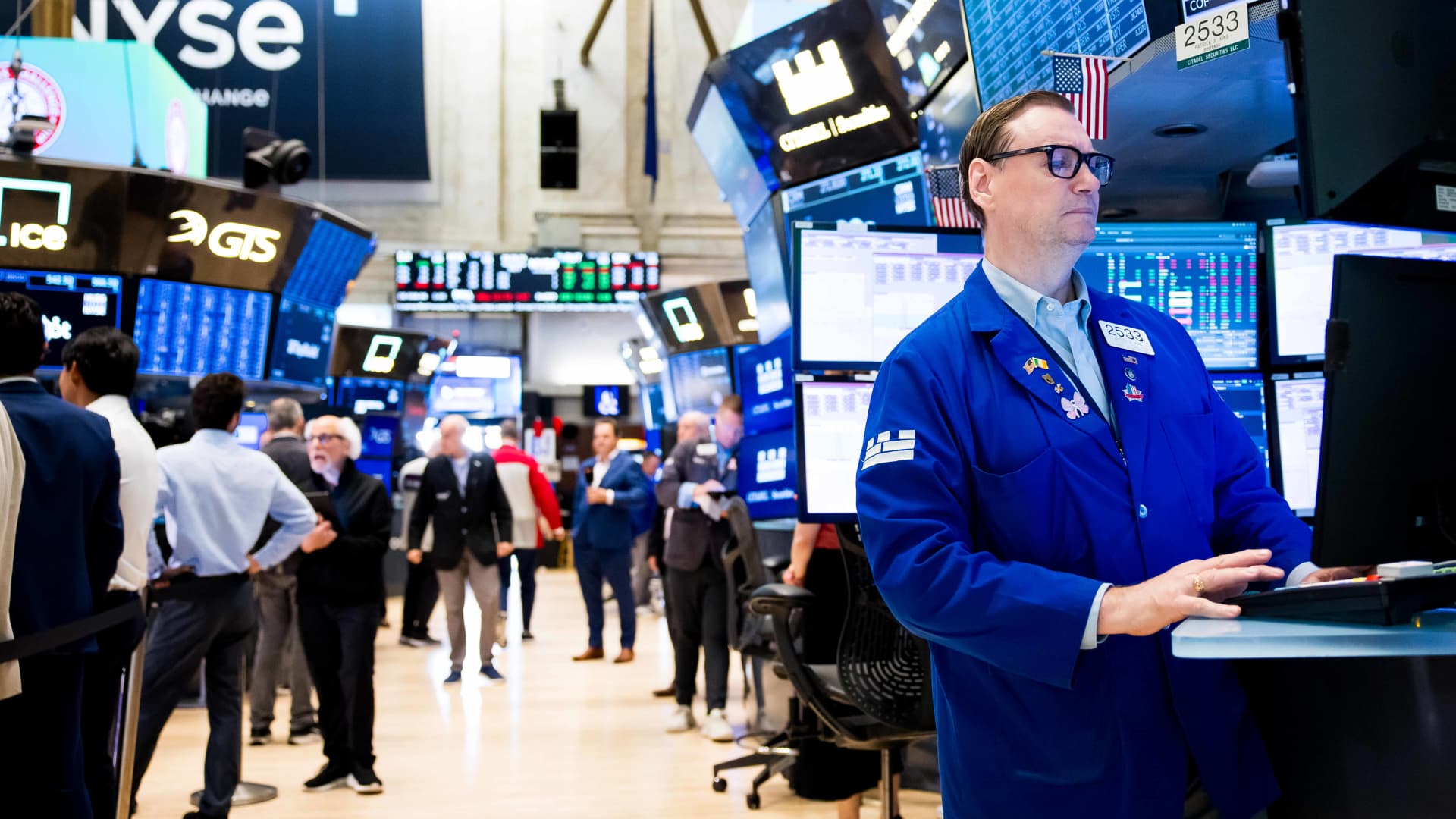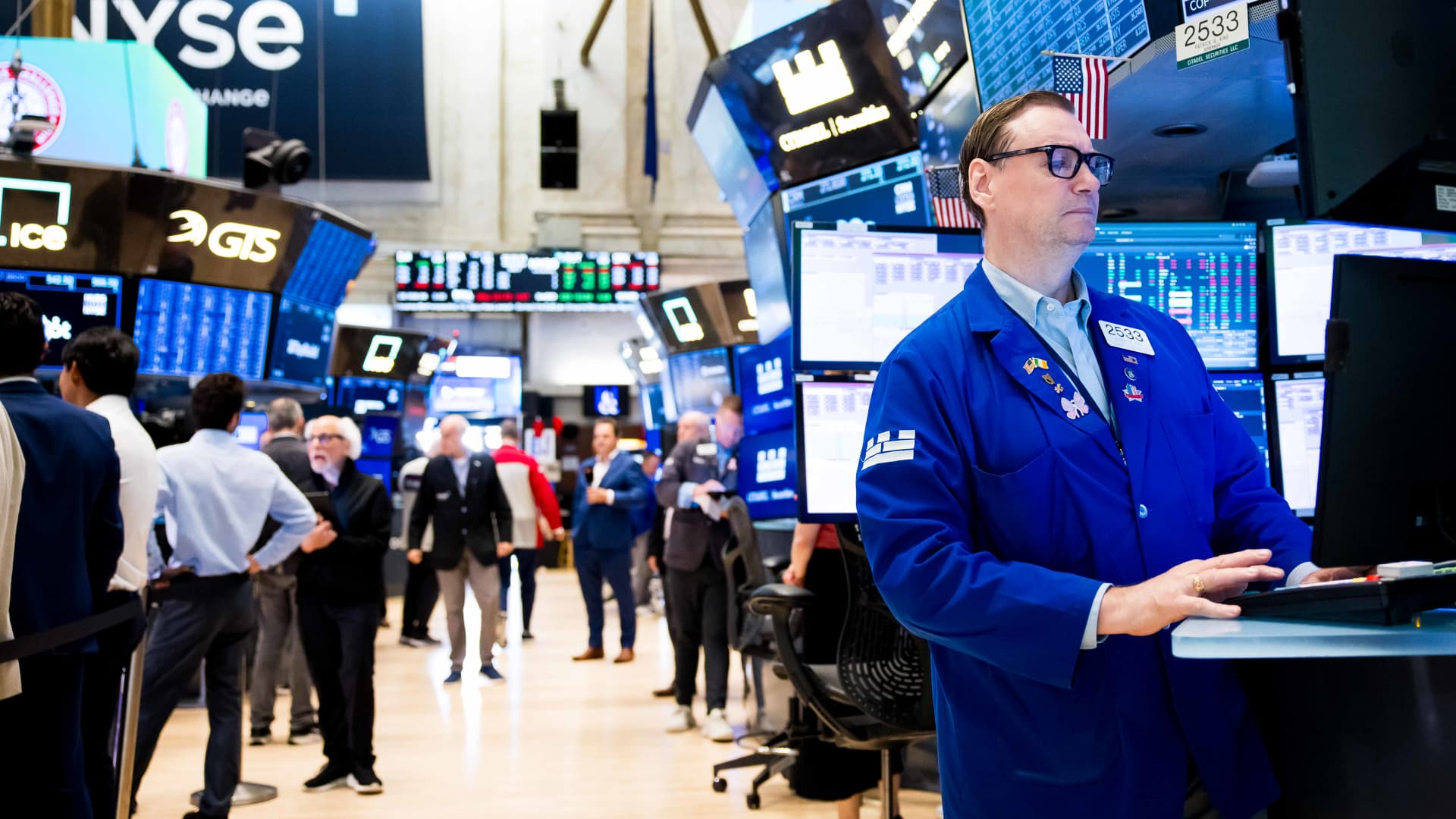The Trump Tariff Rollercoaster: A Market Analysis (April 2025)
The year 2025 has been a period of extreme volatility for global financial markets, largely driven by the unpredictable tariff policies of U.S. President Donald Trump. Beginning in April, a series of tariff announcements, reversals, and renewed threats have created a rollercoaster effect in stock markets worldwide. This analysis examines the key events, market reactions, and potential long-term economic impacts of what has become known as the “Trump Tariff Era.”
The initial shock came on April 2, 2025, when President Trump announced sweeping tariffs on multiple trading partners, including Japan, South Korea, and South Africa. The most significant measure was a 25% tariff on automobiles and auto parts entering the United States. This announcement sent immediate shockwaves through financial markets, with investors reacting to the potential economic consequences.
The market’s initial reaction was severe. On April 3, major stock indexes experienced their worst single-day performance since June 2020. The Dow Jones Industrial Average plummeted nearly 1,700 points, representing a 4% drop. The broader S&P 500 fell by 4.8%, while the tech-heavy Nasdaq Composite tumbled 6%. This massive sell-off erased trillions of dollars in market value, reflecting deep investor concerns about potential economic downturns and escalating trade conflicts.
Investor sentiment plummeted as markets grappled with the implications of these tariffs. Safe-haven assets like gold and government bonds saw increased demand as investors sought to protect their portfolios from potential economic fallout. The volatility index (VIX) spiked to its highest level since the early days of the COVID-19 pandemic, indicating extreme market uncertainty.
Just as quickly as the market plunged, it rebounded. On April 9, President Trump announced a 90-day pause on most of the recently imposed tariffs. This sudden reversal sparked a dramatic market rally, providing a brief period of euphoria. The S&P 500 jumped 9.6%, marking its best single-day performance since 2008. The Nasdaq soared 12.2%, recording its second-biggest daily gain on record. The Dow Jones Industrial Average also saw significant gains, jumping 3,000 points.
This dramatic turnaround highlighted the market’s sensitivity to trade policy and the significant impact of presidential announcements. Investors breathed a collective sigh of relief as the immediate threat of a full-blown trade war appeared to recede. However, this relief proved to be short-lived as the administration continued to use tariffs as a negotiation tool throughout April and into the following months.
The shifting deadlines and inconsistent messaging created a climate of uncertainty that made business planning and investment decisions particularly challenging. Markets became increasingly volatile, with sharp swings in response to each new tariff announcement or reversal. This pattern of volatility became so pronounced that analysts coined the term “TACO Trade” to describe the market’s tendency to tumble on tariff threats and rebound when those threats were withdrawn.
Certain sectors were particularly vulnerable to these tariff threats. Technology stocks, for example, experienced significant fluctuations. The “Magnificent Seven” tech giants saw their combined market value swing by hundreds of billions of dollars in response to tariff announcements. Companies reliant on international supply chains and exports faced increased costs and uncertainty, which negatively impacted their stock performance.
Despite the overall market volatility, some sectors and individual stocks performed well. Companies with strong domestic supply chains and limited exposure to international trade were better positioned to weather the storm. Analysts identified key entry points for investors looking to capitalize on these upward trends, while warning about the risks associated with companies heavily dependent on international trade.
Beyond stock market volatility, the Trump Tariff Era had broader economic implications. The tariffs raised concerns about slow economic growth and rising inflation, which affected consumer confidence and business investment. Imported goods became more expensive, eroding purchasing power and dampening consumer spending. Global supply chains were disrupted as companies sought alternative sources for materials and components, adding complexity and costs to production processes.
Looking ahead, the market’s future trajectory remains uncertain. Several potential scenarios could unfold in the coming months. Continued volatility is likely if President Trump maintains his current approach to tariffs. Alternatively, a comprehensive trade deal could provide significant market relief by reducing uncertainty and spurring investment. However, a prolonged trade war could lead to a global economic slowdown, negatively impacting corporate earnings and stock prices.
In this uncertain environment, investors need to adopt cautious and strategic approaches. Diversification across different asset classes and sectors can help mitigate risks. Maintaining a long-term perspective rather than reacting to short-term fluctuations is crucial. Careful stock selection, focusing on companies with strong fundamentals and resilience to economic headwinds, is also important.
The Trump Tariff Era has demonstrated the market’s sensitivity to policy changes and the need for investors to stay informed and adaptable. While the long-term implications of these tariffs remain uncertain, the lessons learned about trade policy’s impact on financial markets will be valuable for future investment strategies. As we move forward, the key takeaway is that the future remains unpredictable, and investors must be prepared to navigate both challenges and opportunities in this volatile environment.












